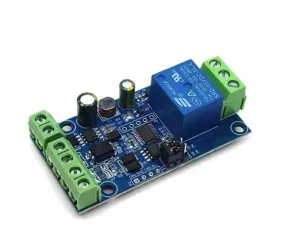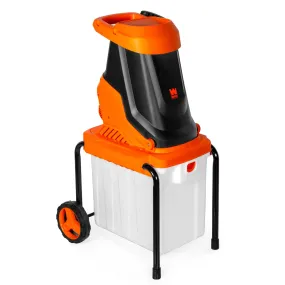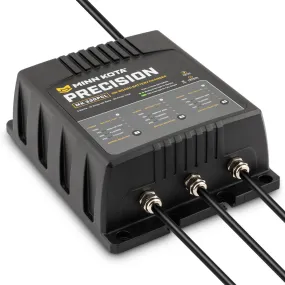| Product Attribute | Attribute Value |
|---|---|
| Connection Type | M8 |
| Connector Type | M8 |
| Current Rating | 200 mA |
| Diameter, Inner | < 14 mm |
| Housing Material | Plastic, PC |
| IP Rating | IP67 |
| Operating Voltage Range | 10-35 VDC |
| Output | PNP-NO |
| Primary Type | Inductive Proximity Sensors |
| Protection Class | Protection Class III |
| Supply Voltage | 10-35 VDC |
| Temperature, Ambient | -13 to 158 F (-25 to 70 C) |
| Type | I85000 |
Overview
Inductive sensors are nowadays indispensable for industrial applications. As compared to mechanical switches they offer almost ideal conditions: non-contact operation free from any wear and tear, high switching frequencies and accuracy. In addition, they are insensitive to vibration, dust and moisture and detect all metals without contact.
Ring and tube sensors are ideal for assembly automation applications that include feeder processes, parts counting, and jam monitoring. These sensors provide an easy-to-use solution for monitoring small metal parts being transferred through non-metallic tubing. Sensor housings are made with robust plastic and can withstand typical industrial automation environments. Sensors are available in a variety of sizes to accommodate many different applications.
Ring sensors are inductive sensors that detect small metal objects such as screws, balls, springs, nuts and bolts. These sensors are also used in wire break detection applications. The housings are designed with an open ring that allows a non-metallic tube to be inserted through the sensor. As the metal objects travel through the tubing, the sensor detects the metal objects through its active window, providing 360° sensing.
Tube sensors are inductive sensors that are designed to strap on the outside of a non-metallic tube and provide sensing on one side of the tubing. This sensor is used to detect small metal parts that pass through tubing such as screws, balls and springs.
Ifm’s ring and tube sensors are available in two types of operating principles: static and dynamic.
Static ring and tube sensors operate like inductive sensors. They generate an output signal when there is metal in the detection zone. For example, the sensors can be used for jam control in feed processes.
Dynamic sensors are used when particularly small parts are to be detected. During a damping operation a short pulse is generated at the output of the sensor, adjustable from 0.1 to 150 ms. The functionality will remain stable for a long time, even in the case of metal contamination in the tube.
Features:




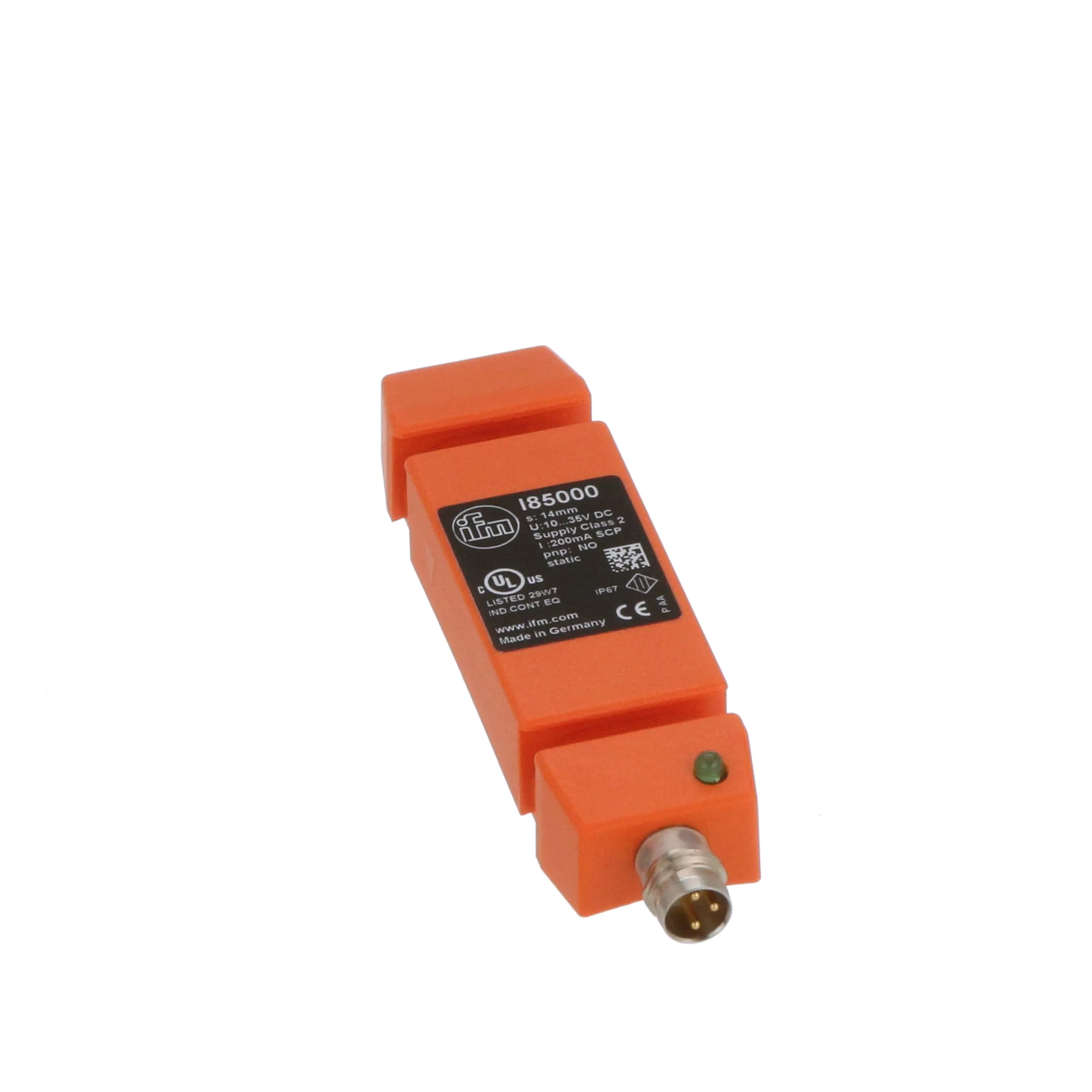
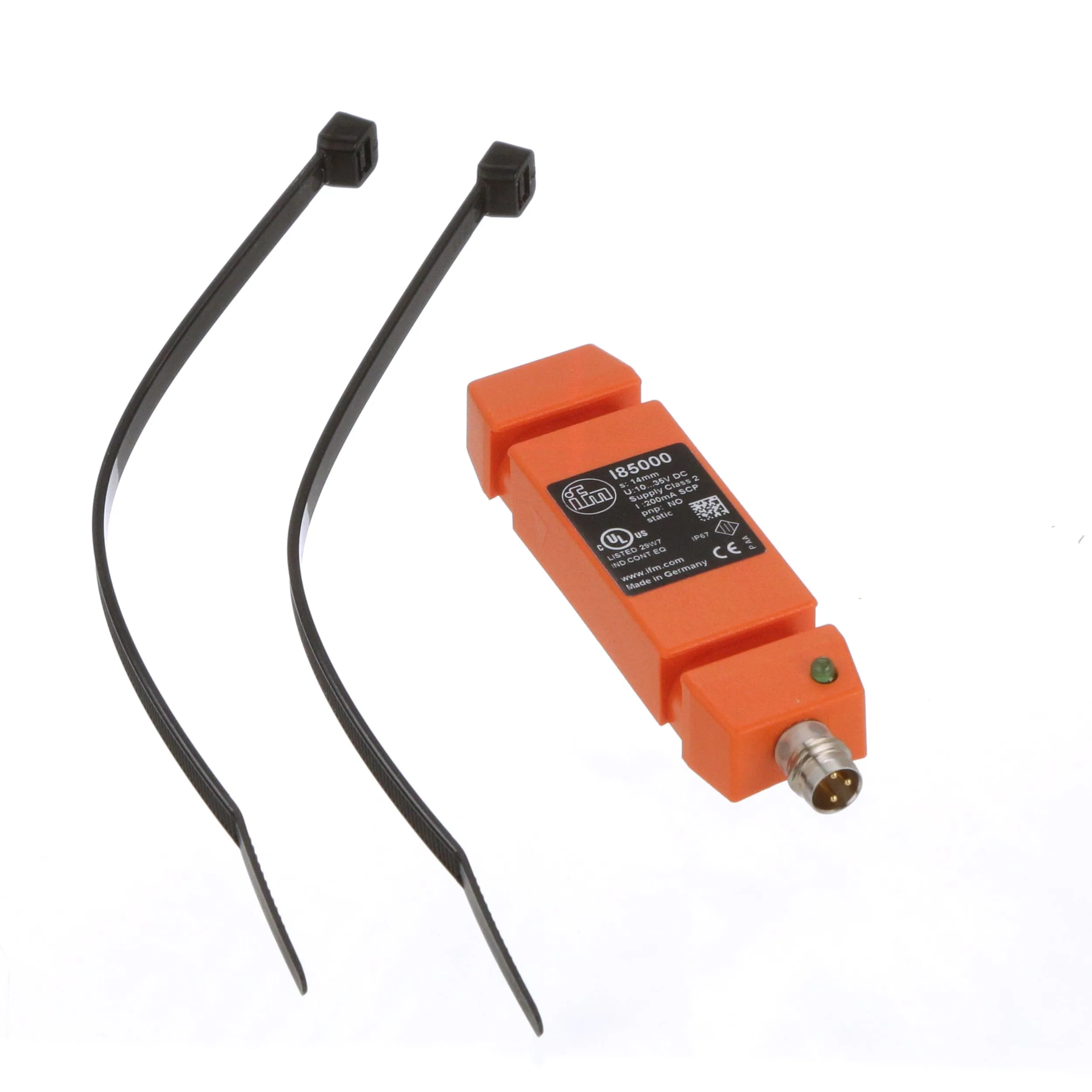

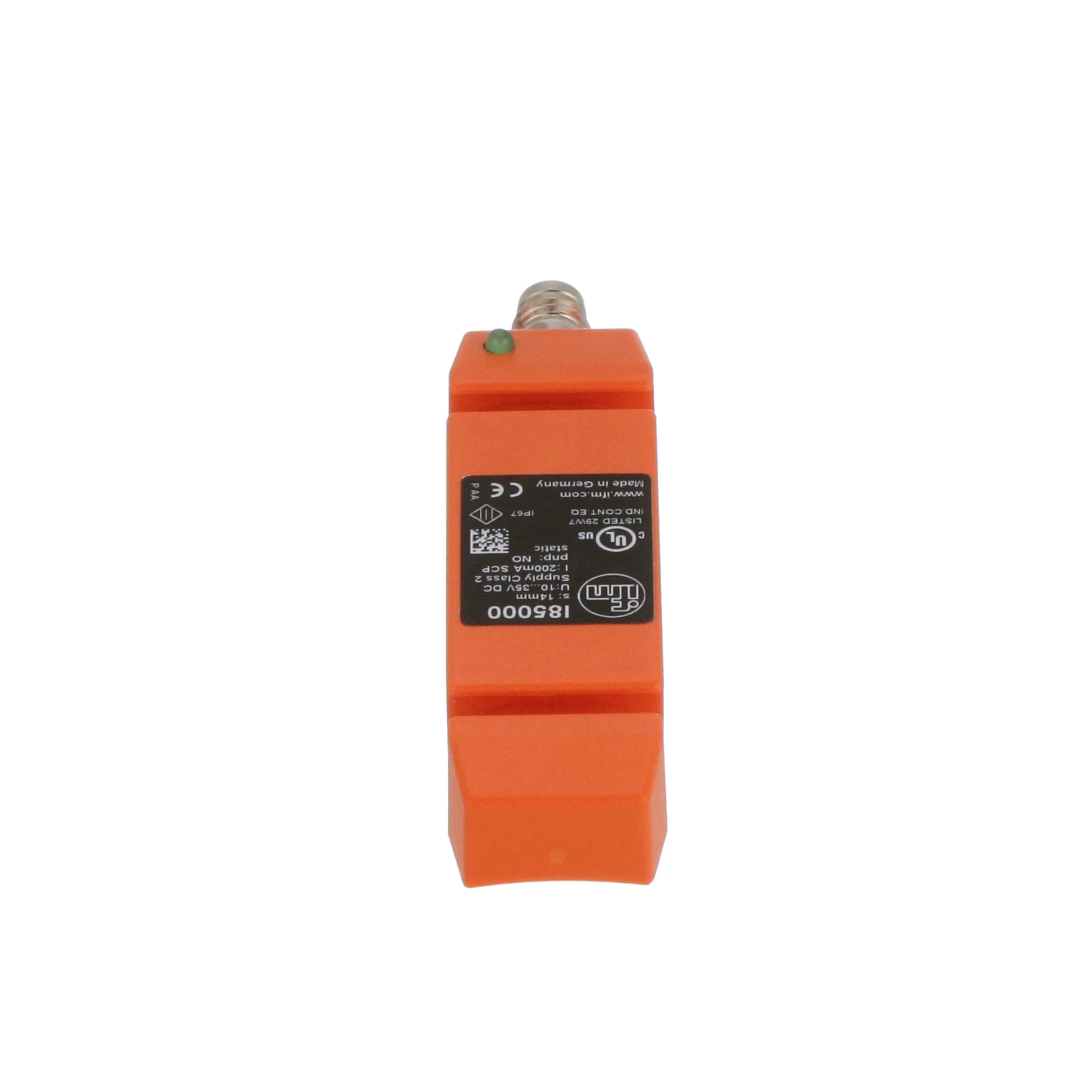


![Raritan Marine Elegance - Household Style - Bone - Freshwater Solenoid - Smart Toilet Control - 12v [220AHF012] Raritan Marine Elegance - Household Style - Bone - Freshwater Solenoid - Smart Toilet Control - 12v [220AHF012]](https://www.officeshredd.shop/image/raritan-marine-elegance-household-style-bone-freshwater-solenoid-smart-toilet-control-12v-220ahf012_KleXXZ_285x.webp)


![Nidecker Escape [2024] Nidecker Escape [2024]](https://www.officeshredd.shop/image/nidecker-escape-2024_2t9RcM_285x.webp)

